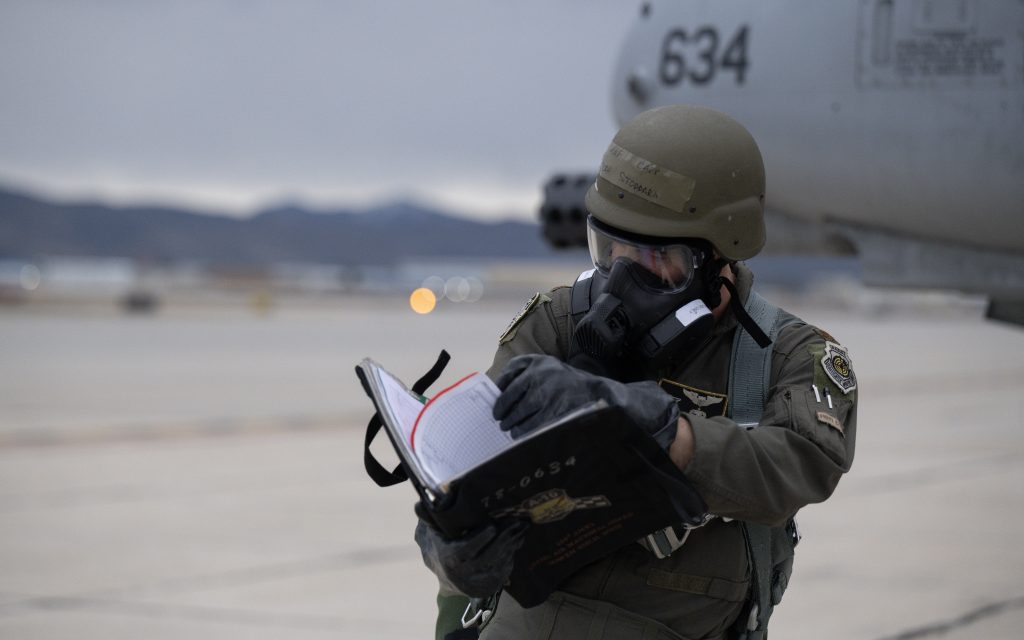Flyers Fueling the Fight: IDANG pilots refuel A-10s during training exercise

A-10 Thunderbolt II pilots from the 190th Fighter Squadron, part of the 124th Fighter Wing, Idaho Air National Guard, participated in a training exercise Feb. 1-2.
The pilots landed at Jocelyn Field, Magic Valley Regional Airport in Twin Falls, turned their own jets, and continued training exercises.
Landing at an airport that military pilots don’t use every day allows them to practice agile combat employment (ACE), which is a proactive and reactive operational scheme of maneuver to increase survivability while generating combat power.
“When thinking within this ACE concept, we may land in a place austere enough that there isn’t support by crew chiefs, especially A-10 trained crew chiefs,” said Col. Ryan Richardson, 124th FW deputy commander, “so pilots need to be familiar with how to service their own aircraft on the turns.”
The training exercise was designed to enhance agility and resilience, preparing for issues that may occur in a combat mission or high-threat environments, said Col. J.R. Williams, 124th Operations Group Commander.
“Specifically, the 124th Fighter Wing is testing command and control capabilities and concepts of operation while generating air power from different locations, all at a moment’s notice,” Williams said.
Although prior coordination with other military units, local airport authorities, and community partners took place, this simulated training mirrors what military aircrews might be faced with in a deployed environment.
“This is a 190th Fighter Squadron focused exercise,” said Richardson, “but we’re getting lots of support from other agencies.”
The IDANG pilots also practiced combat search and rescue with support from the Idaho Army National Guard’s UH-60 Black Hawks out of Gowen Field. Additionally, Navy EA-18G Growlers from Electronic Attack Squadron 135 in Washington integrated into some of the tactical training in the airspace. The A-10s were supported inside of the airspace by the 266th Range Squadron, an IDANG tenant unit located at Mountain Home Air Force Base in Idaho. They provided threat emitters to provide a realistic, contested training scenario.
“The flying training itself is similar to the training that we do daily, but the integration and the simulated war-time scenario of the exercise makes it more complex,” Richardson said.
A C-130 Hercules from the 152nd Airlift Wing, Nevada Air National Guard, also supported the exercise by transporting military members from Gowen Field to Twin Falls. Crew chiefs arrived at the regional airport and served as instructors for the pilots and as safety observers to make sure everything was done correctly.
“We’re proud and excited to be able to operate out of Twin Falls, and we’re grateful for the support of the airport,” said Richardson. “This is fantastic training that’s going to make us more capable in both our federal and our state mission. We are extremely fortunate to be able to get this kind of training in our backyard.”
 Official Government Website
Official Government Website